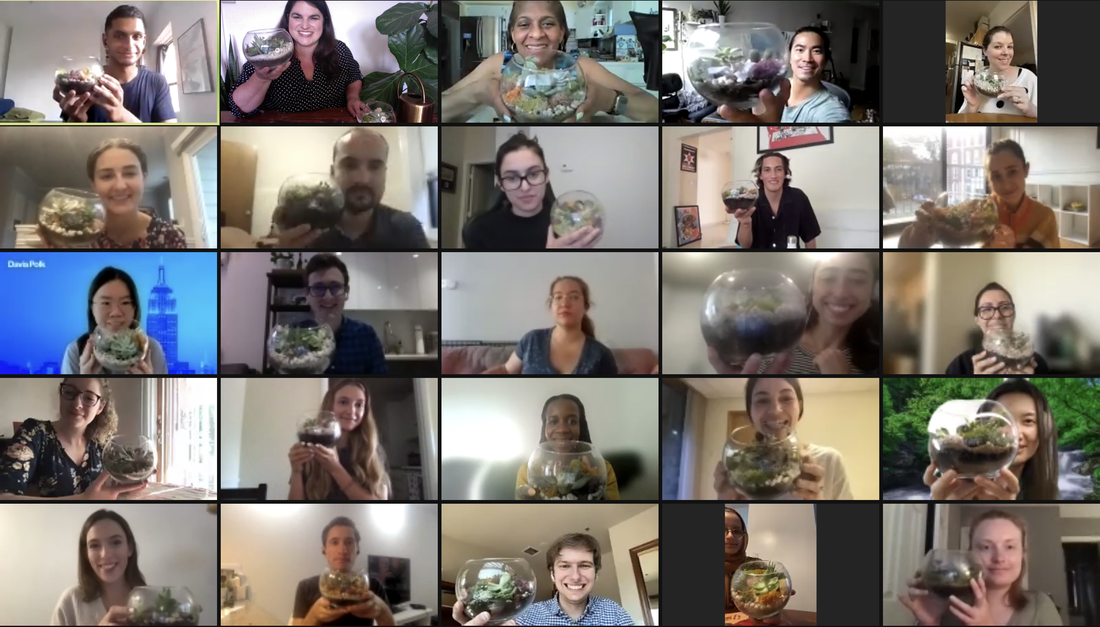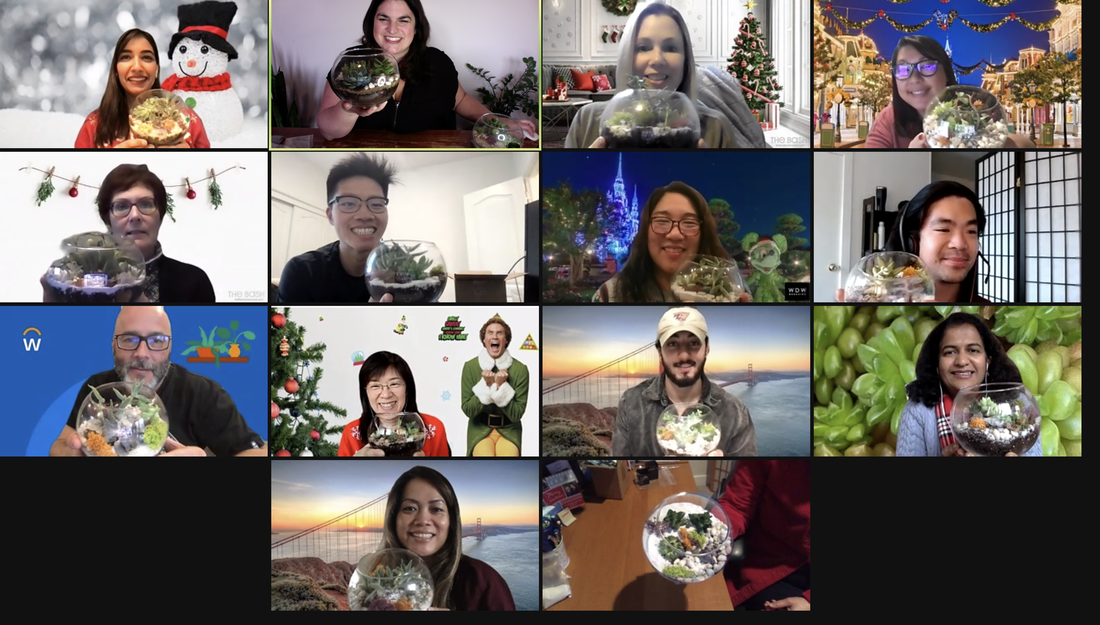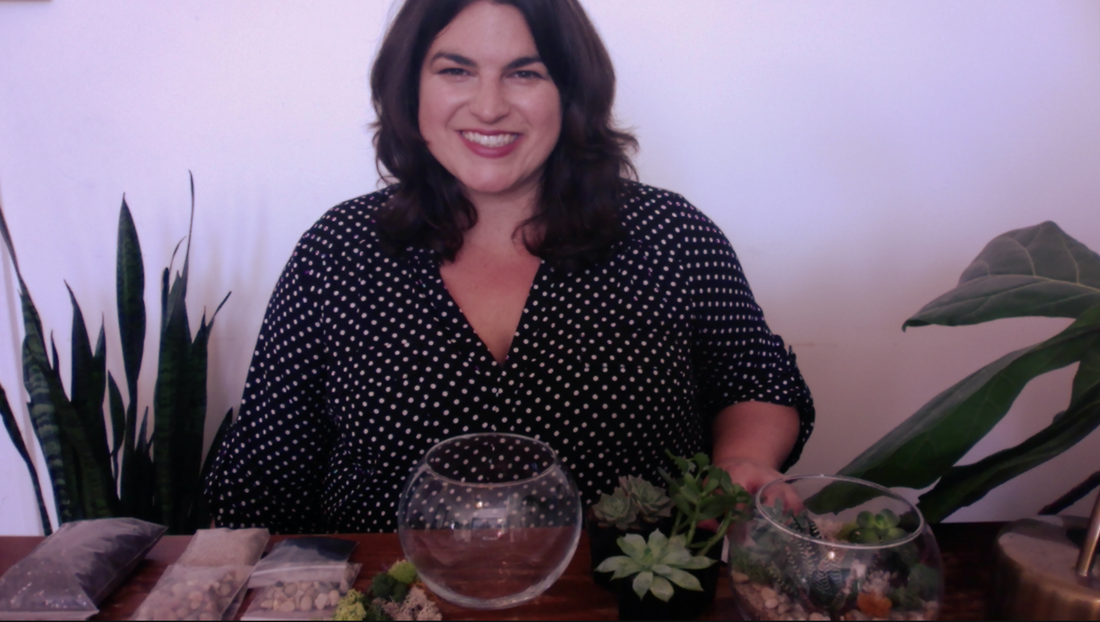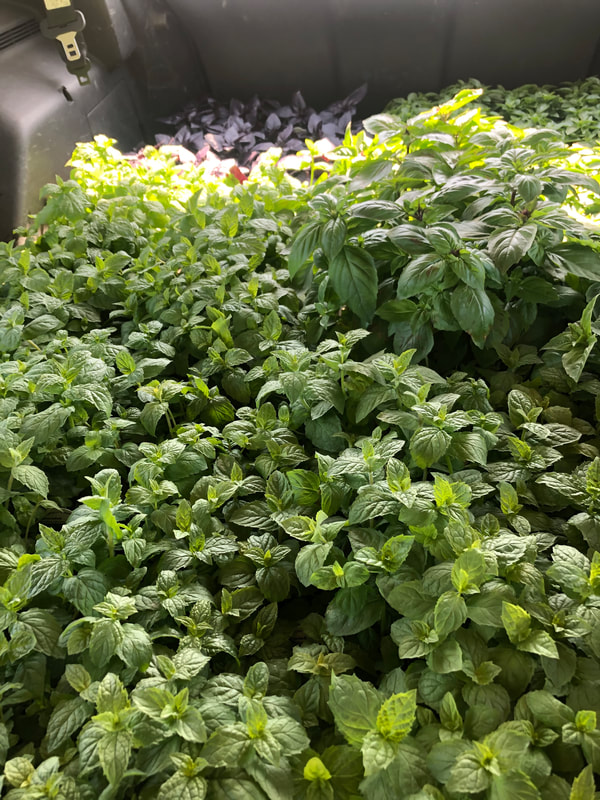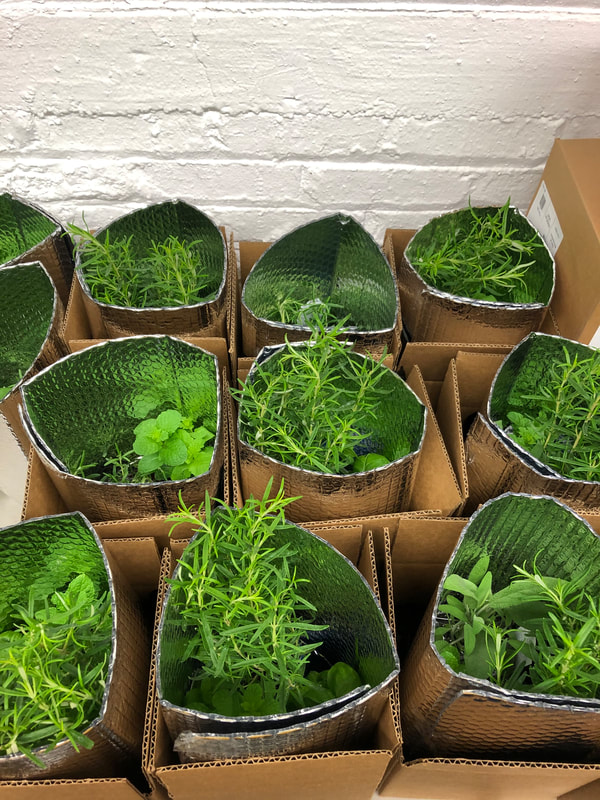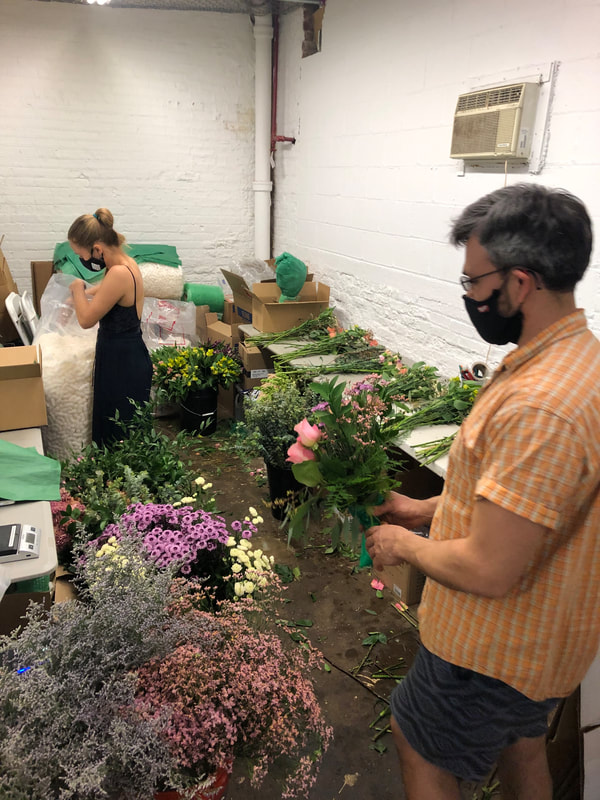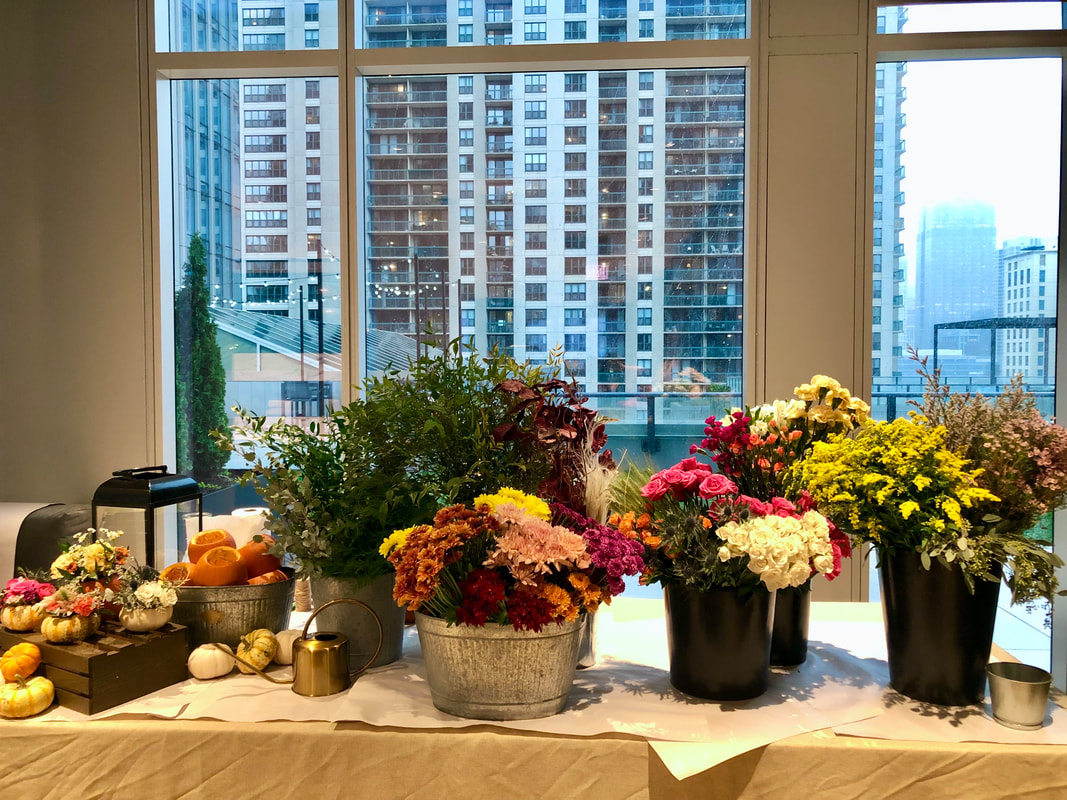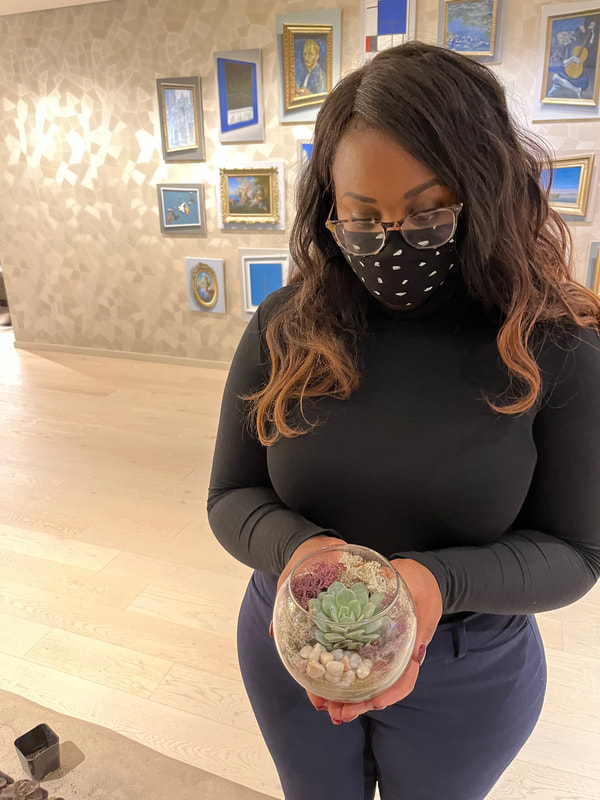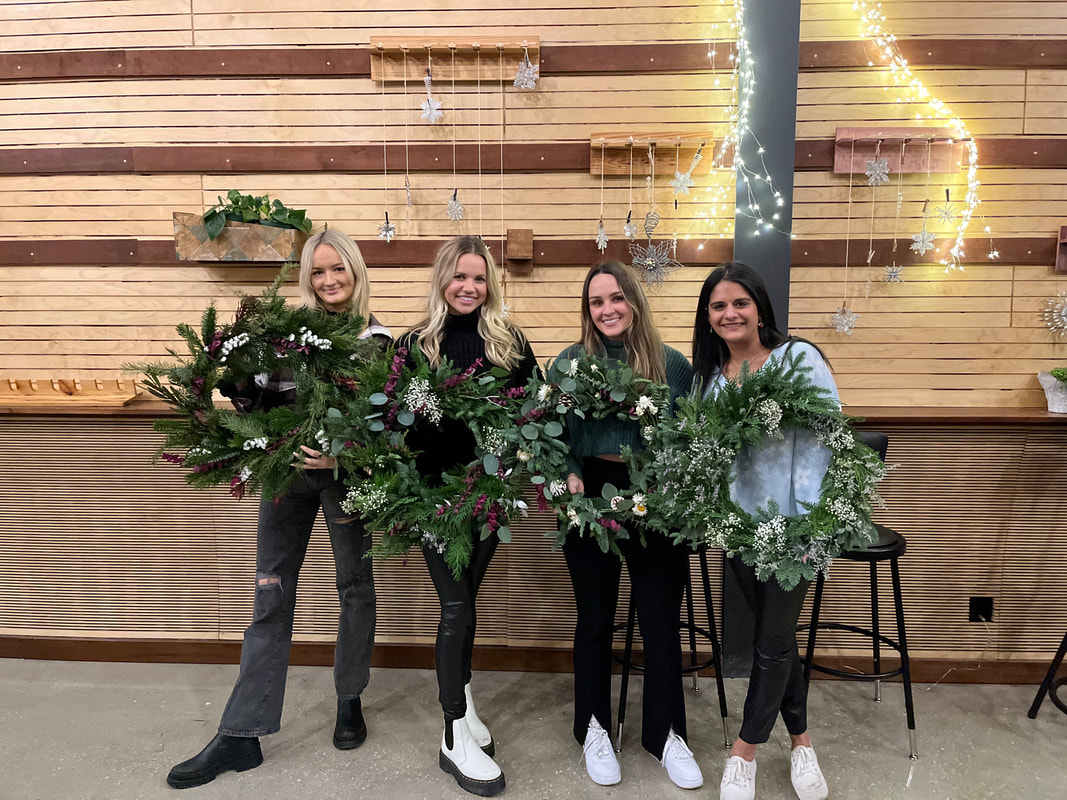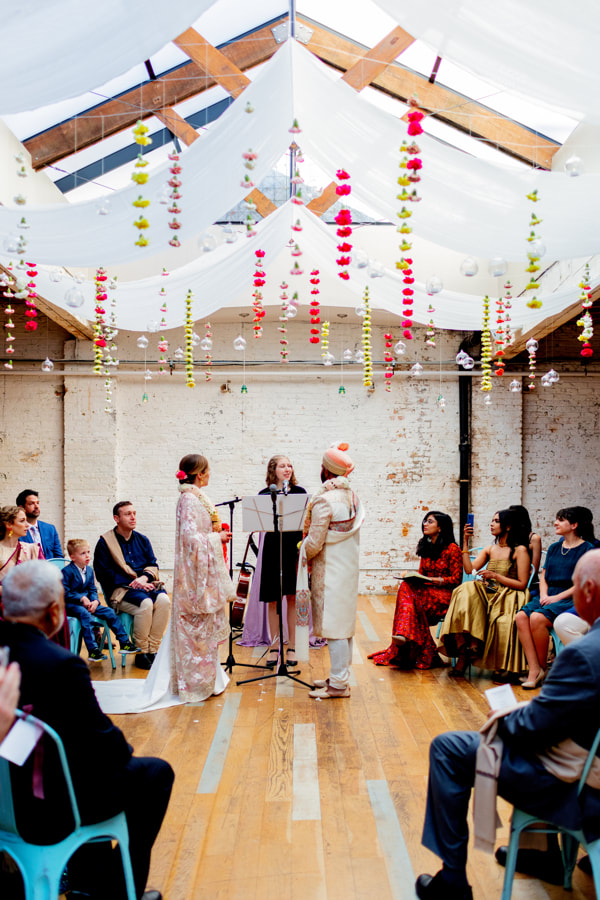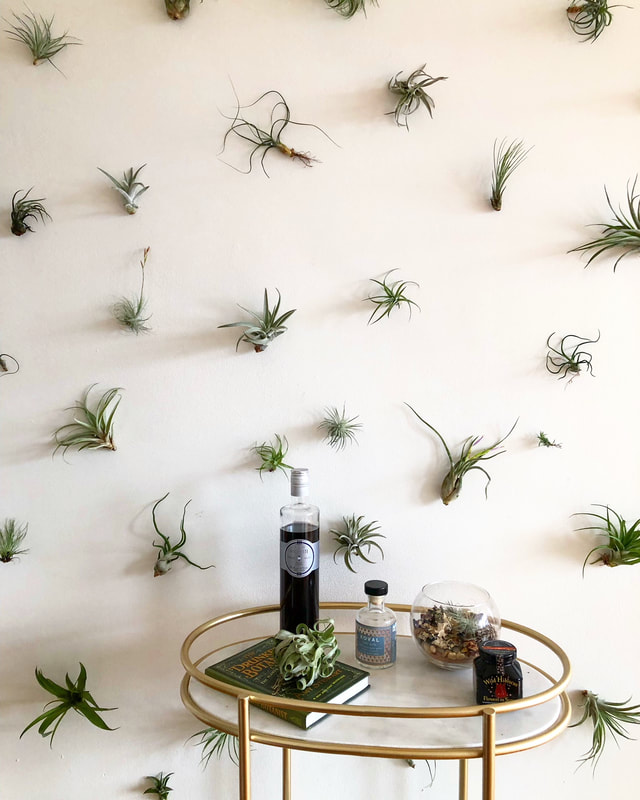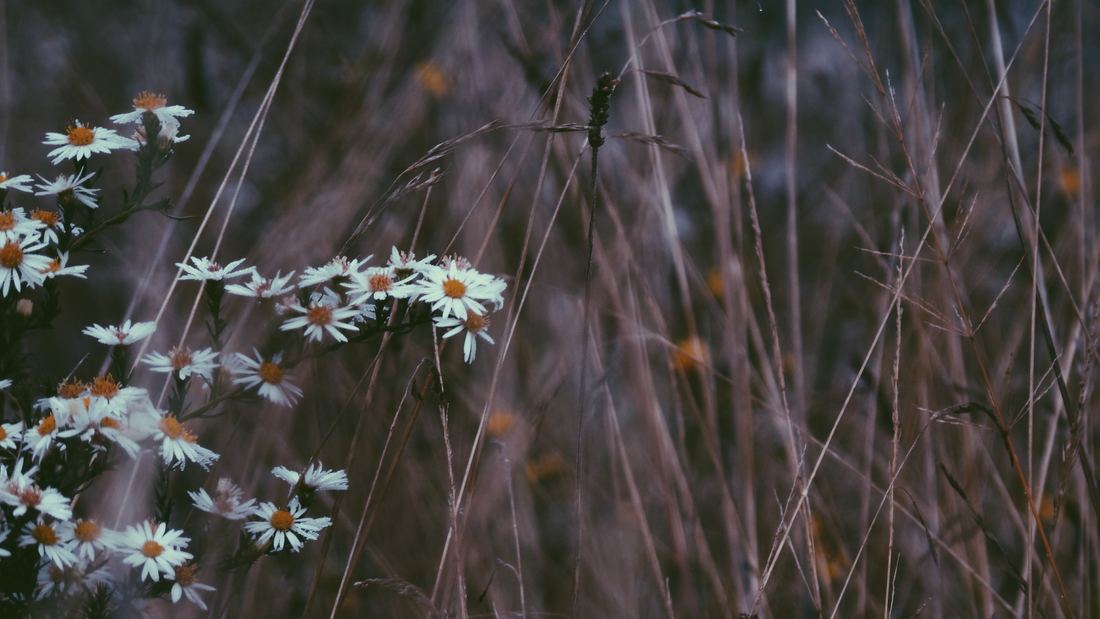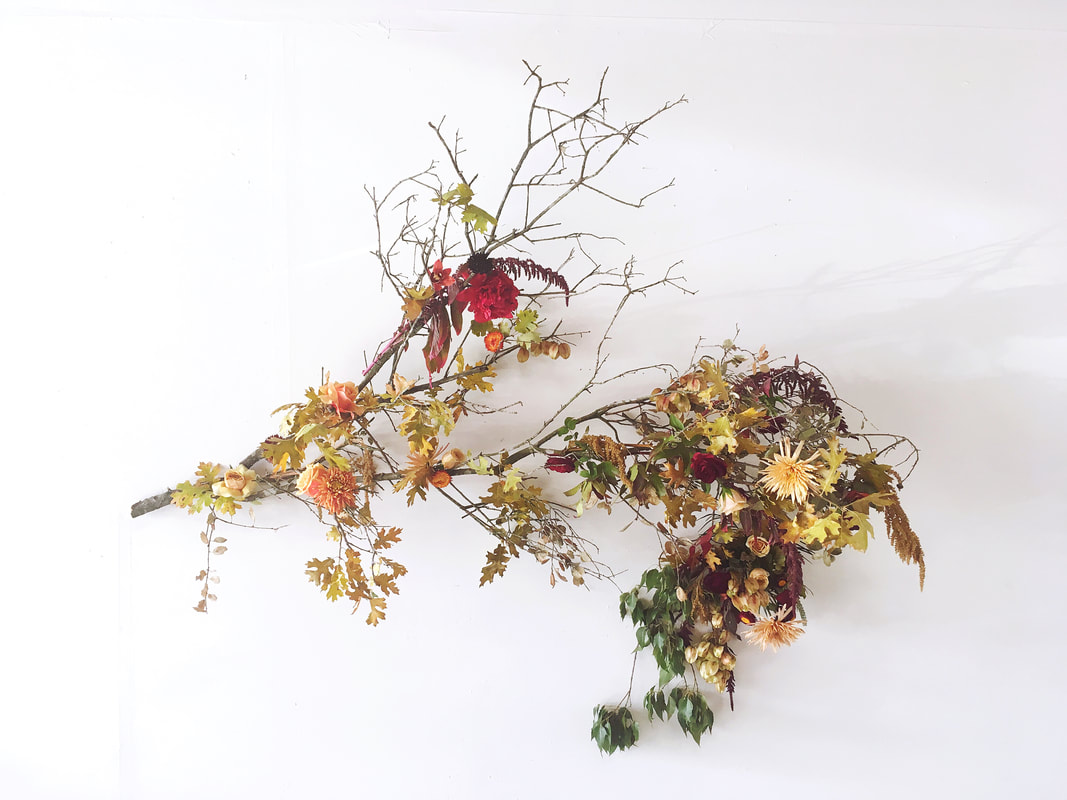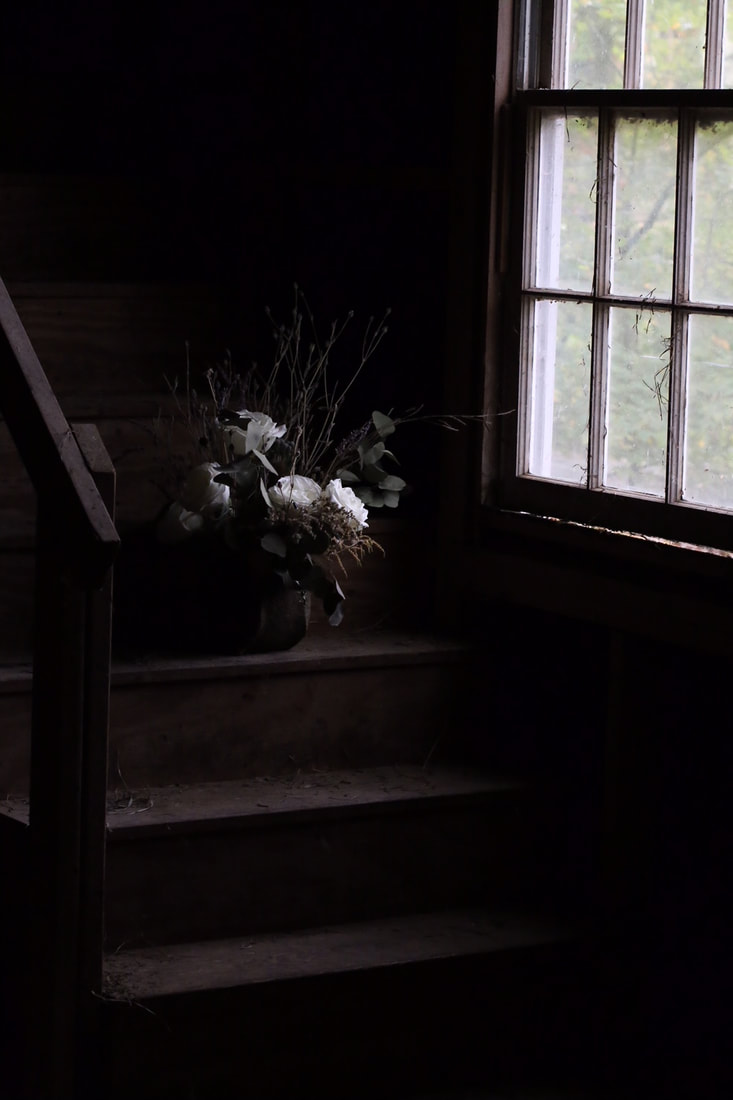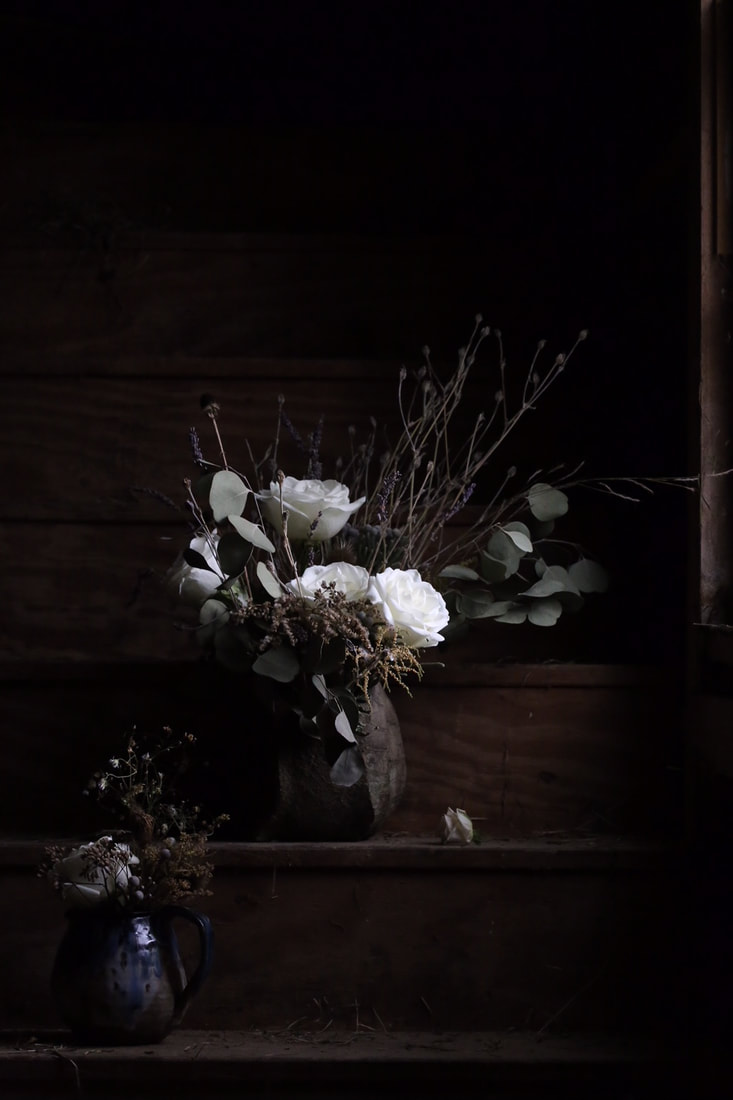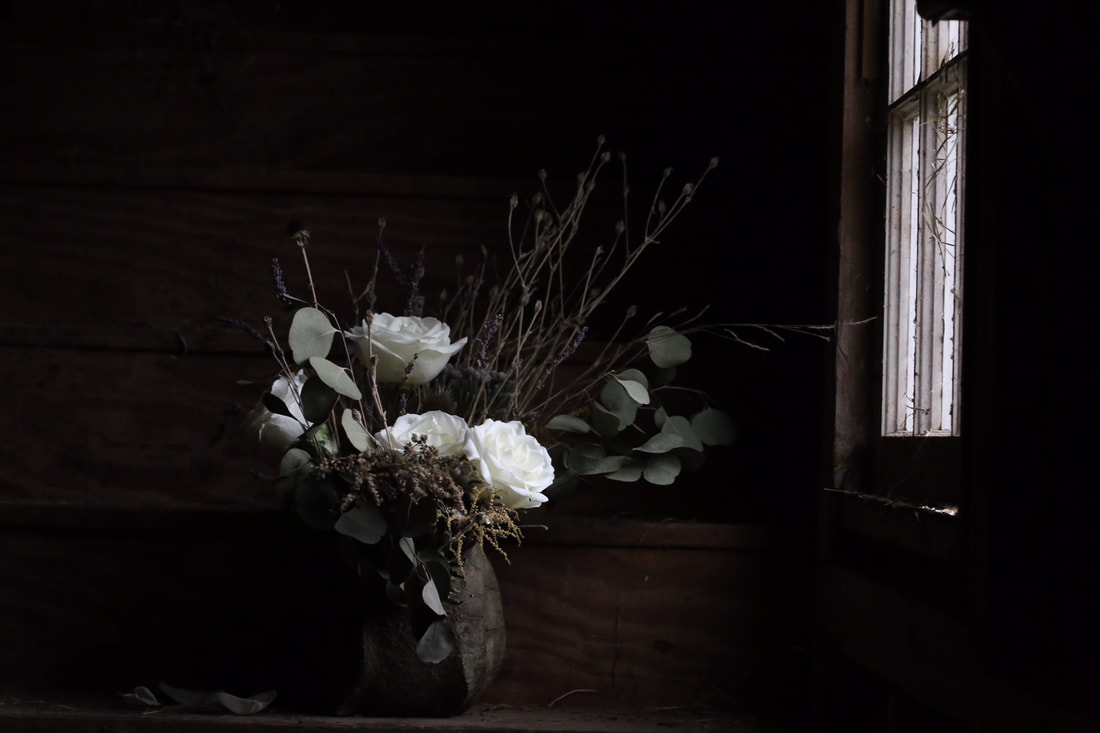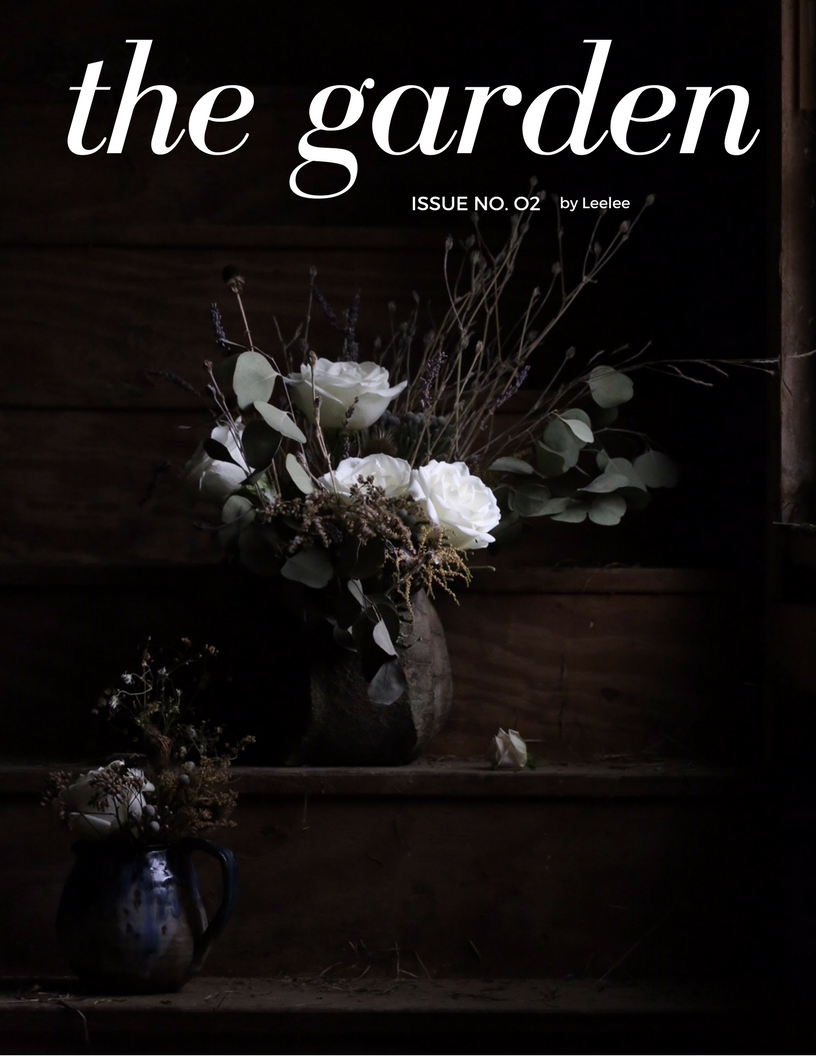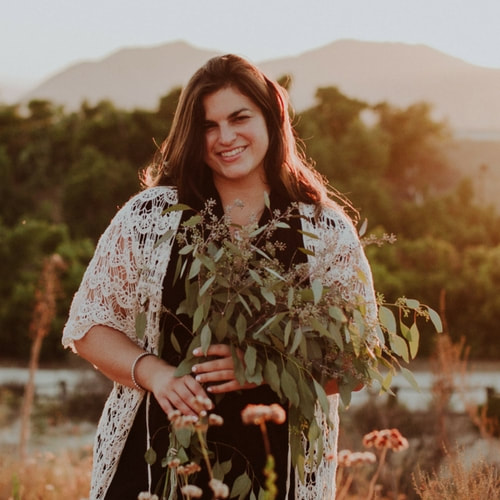|
One of my goals in 2022 is to share my voice. To share about running a small business and inspiration for how to add bits of botanical beauty to your life. Because though this has been a challenging couple of years, I still have a love affair with all things botanical. I believe plants and flowers are tangible forms of self care. They increase our connection to nature and add beauty to our daily lives. They bring more life into our homes and viscerally affect us. I want to show up to share more of that. So, expect to hear botanical tidbits from me in 2022, day to day on Instagram and monthly in your inbox (not on our newsletter? check out the form right). For now, here's a catch up on what I've been up to in Leelee's Garden over the last year plus.... Part 1: Events, pivots & how we weathered the pandemicThe word of the year for me in 2021 was: growth. Over the last year I personally hosted or flowered 100 events, double what I’ve ever done before in my business. While I’m grateful for this growth during such a challenging time for the world, it was not a foregone conclusion, as an all-in person events company in the beginning of 2020. In March that year, I lost all my business I had booked in one day. I got a cascade of cancellations I both expected and knew needed to happen, but still felt the panic rise. I remember calling my dad in tears after grocery shopping and seeing all the shelves cleared. The fear I felt, of illness for myself and everyone I loved, the shock of everything closing and life as we knew it turning upside down, and the financial impact for my business was intense. Those first weeks of March 2020 and the last 2 years of continued pandemic hit all of us differently. I am so grateful to say (and I know this was not the case for many people, their loved ones and small businesses) thus far, I’ve made it through. In the early days, I got some help from family and the government. And, most fortunately, in April, I got a request for a virtual event working with the Wounded Warrior Project. I had never hosted a virtual event, never shipped a single box for my business. But, with nothing else on the horizon to make income, I packed and shipped our first event kits for vertical gardens. They went to what’s now one of my favorite groups to work with, veterans and veteran families. From there, my Zoom adventure began! I hosted all kinds of events: Mostly virtual… Some with plants... Picking up and packing up herbs for a large corporate planting workshop Some with flowers... The team packing kits for floral events in our tiny Avondale studio Some in person... And we flowered a few beautiful weddings... Above: Planning-Fierce Productions, Venue-The Joinery, Photographer-Allison Williams Photography Since spring 2020, I hosted over 150 virtual events. I am beyond grateful that those requests kept coming in, that I got to keep connecting to people, do what I love – teaching and working with plants, and was able to grow my business during such a hard time. Thank you from the bottom of my heart to everyone who booked us for a workshop, joined us for a workshop, or cheered us on from afar over the last 2 years. We are continuing to book private events this year, now both in person and virtually. If you’d like more details and pricing, send me an email at leelee(at)leeleesgarden.com. Part 2: The other side of growth (and the pandemic)...burnoutI think it's important in our world of highlight reels and success stories to tell the other half of a behind-the-scenes story. While the last couple years’ growth and reach of this little business have been amazing and kept me going financially, I’ve also struggled with burnout.
It seems everyone is burned out right now. Navigating the many waves of variants, safety and ethical judgment calls everyday, childcare, and endless zoom meetings, let alone grief, loss and those working day to day in hospitals, ambulances and other essential jobs, has left us wiped out. My burnout feels relatively trivial. I run a business I love, one that grew in the middle of a pandemic. I don't have kids yet. My primary relationship deepened in quarantine. I was spared a lot of direct loss the last two years. That said, with 100 events on my plate this year, doing everything from event planning, customer service, purchasing, often packing or wrapping bouquets myself, making sure they arrive on time, hiring and moving into a studio, working through a rough case of plantar fasciitis and the resulting months in a foot boot, the challenges of running my own business this year have sometimes been daunting. For the creative business owner, burnout has its unique challenges because one, if you check out, you make no income and, two, you are doing what you “love,” so why the heck are you burned out in the first place? The thing is, you can still burnout following a passion. It’s a common side dish to growth, a stage I think most business owners reach at some point. I'm trying to make space for burnout, acknowledge it, and move forward too. How am I moving through burnout? I took some longer breaks in 2021 to visit family and reset. This year, instead of shutting down the business for extended periods, I’m working with a not-so-sexy word: moderation. What does that look like? For the time being, I’m taking on a couple events a week (some weeks in 2021, I had 6 or more). I’m filling my days with little joys: baths, coming home for a warm lunch, reading guilty pleasure books. I’m writing again and trying new creative projects. I am learning to delegate more. Mostly, I’m learning to make more space for myself in my life and still make a living at the same time. If you’re in this place too, of burnout and trying to find your way, what works for you? What brings you back home to yourself? Let me know in a comment or drop me a note. We're all in this together. It's been a wild couple years. I'm still processing, and I think we all will be for a long time. This new year feels like a much needed reset. Wishing you a happy, healthy 2022. Thank you for being here. More to come. With Love, Leelee
1 Comment
Happy New Year! I hope you are amazing! It’s been a long time since I've written. This last year of Leelee’s Garden was wild. I moved back to Chicago, created the indoor jungle apartment I've been dreaming of, hosted workshops, speaking gigs and did event floral design here, in California and on the East Coast. Through it all, though, I missed sharing projects and ideas here with you!
In this time of fresh starts and new beginnings, I’m dropping you a little love note to say this year I'm getting back into writing this blog/mini e-mag. Here and there, about once every couple weeks, I'll send you free diys, tips (see a mini one below!), and inspiration for living a more botanical life with plants and flowers. As I’ve been mapping out what else I'll focus on in 2019 in life and in business, I keep thinking about what I’ve learned from this community. If you've been to one of my in-person workshops, you know I always ask groups why they come. My favorite answers have been when students share they show up because of a New Year goal or intention to be more creative. One woman said she chose a new Dabble workshop every month to learn a skill. Another wanted to make small additions to her life that would make it more beautiful, more sparkly. I LOVE this idea of adding to the usual suspects of health or financial goals one goal that will light you up (and probably make those other ones easier too}. Maybe this year you want to… Cook a new recipe once a week Learn a fun, random skill each month Keep flowers on your dining table or by your bed Grow a green thumb Write a page a day Create an indoor jungle Grow your own wedding flowers, or food or balcony garden Get really good at salsa dancing As we start this new year… What’s your one just-for-fun goal for 2019? I’d love to know what yours is in a comment here below. Here’s to a beautiful 2019. I can’t wait to see what we grow and create! Love, Leelee P.S. Are you in Chicago? Looking for a little #indoorjungle inspiration for your green thumb goals? For the first time I’m opening my jungle home studio up for small group workshops! Come join me to make your own gemstone terrarium over the next week (or maybe a goals garden) and get a peek at my own wild world of plants. Click here to get all the details and register. I first heard the term foraging related to floral design a few years ago and honestly didn’t really get it. You mean you just get stuff on the side of the road? It surprised me that high-end designers were traipsing through the woods, stopping at islands on roads, and wandering abandoned industrial parks to gather (semi-legal) product for designs. One designer I met at a design conference who did holiday florals for the Obama family in the White House actually injured her eye getting an apple tree branch for her demo. Dedication to the trade! Foraging is a mainstay of most modern designers in this era of nature-inspired florals. If you see huge installations with branches or find seed pods in your wedding bouquet, a designer or assistant probably collected these castaways in some (hopefully legal) way. Today most floral design books include foraged finds too. My naturally anxious and rule-following nature has made me slow to embrace the foraging phenomenon in floral design. But over the last several months I’ve come to really appreciate what the natural element adds to cut flowers: a connection to the seasons and a sense of life (or death) that you just don’t get the same way without adding found materials. In October I did on-site floral design at a retreat hosted by Sarah Jenks on her beautiful property, Hawthorn Farm. I set up a makeshift studio in her backyard woods in Medfield, Massachusetts. I had acres of land to source from and free rein on what I could create…a dream come true for my public foraging-shy self. I used grasses, wildflowers, pods and branches to create a fall look inspired by the land. These found materials transformed what would otherwise have been simple white rose and dried eucalyptus designs into etherial late fall still life pieces captured in a photo shoot with my friend Katie Lenhart. Photos by Katie Lenhart If you are curious and want to play with foraging yourself, go for it! Get outside and find materials with textures and shapes that inspire you. As you design florals at home, you can add your natural finds to more traditional flowers to make them come alive with the season.
When you start foraging, there are three main things to keep in mind: pests, problem plants, and local laws. Pests: Be sure to wear gloves, watch where you step, and let product sit for a couple hours outside after you pick it to encourage insects to wander off. Problem Plants: Watch out for plants like poison oak, poison ivy and poison sumac. If you are at all unsure about these, get a refresher before you head out to forage. This guide is really thorough. Local Laws: I was lucky enough to forage recently on private property with the owner’s blessing. But, if you are foraging on public land or on the side of the road, learn the local rules (or decide for yourself how much you don’t want to know). Definitely don’t forage from protected parks and forests. And never pick fruit from trees you don’t own without permission. Happy Foraging! |
go to recent articles:
Found Beauty: Floral Foraging for Beginners
Sage 3 Ways: Grow + Make + Sip 10 Plants to Re-wild your Desk meet me
Hi I'm Leelee! I'm a botanical artist, educator and owner of Leelee's Garden. I host pop-up plant and flower workshops around the country, do design projects, and share botanical tidbits in my newsletter once or twice a month.
Photo by: Paco and Betty |
